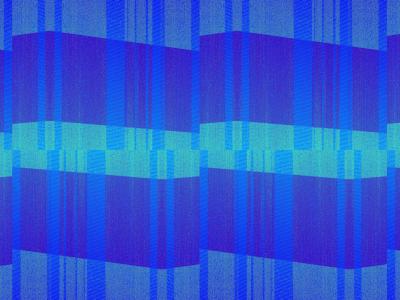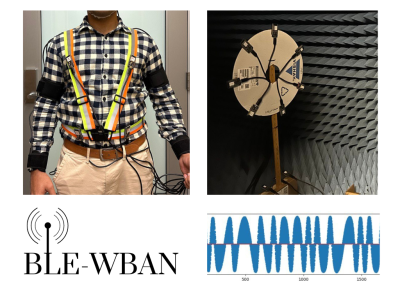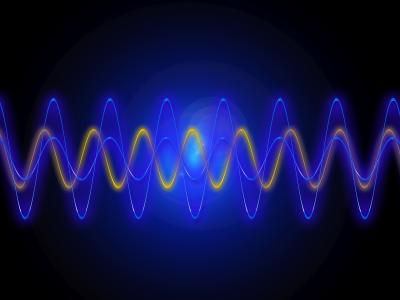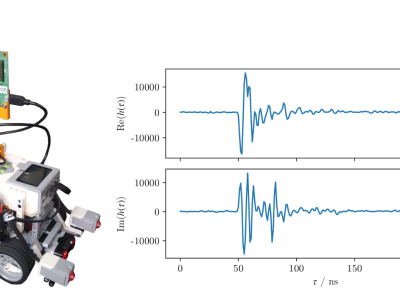
The dataset contains thousands of signal frames from 60 ZigBee devices. The devices and USRP N210 were placed on two movable cabinets on wheels with a maximum distance of 3 meters between them. Due to distance constraints, a coaxial attenuator with an attenuation of 60 dB was fitted at the receiver in order to obtain signals at low SNR. The SNR of the received signal is changed by adjusting the distance between the two cabinets, which can be reduced to about 0 dB when the distance is about 3 metres.
- Categories:






